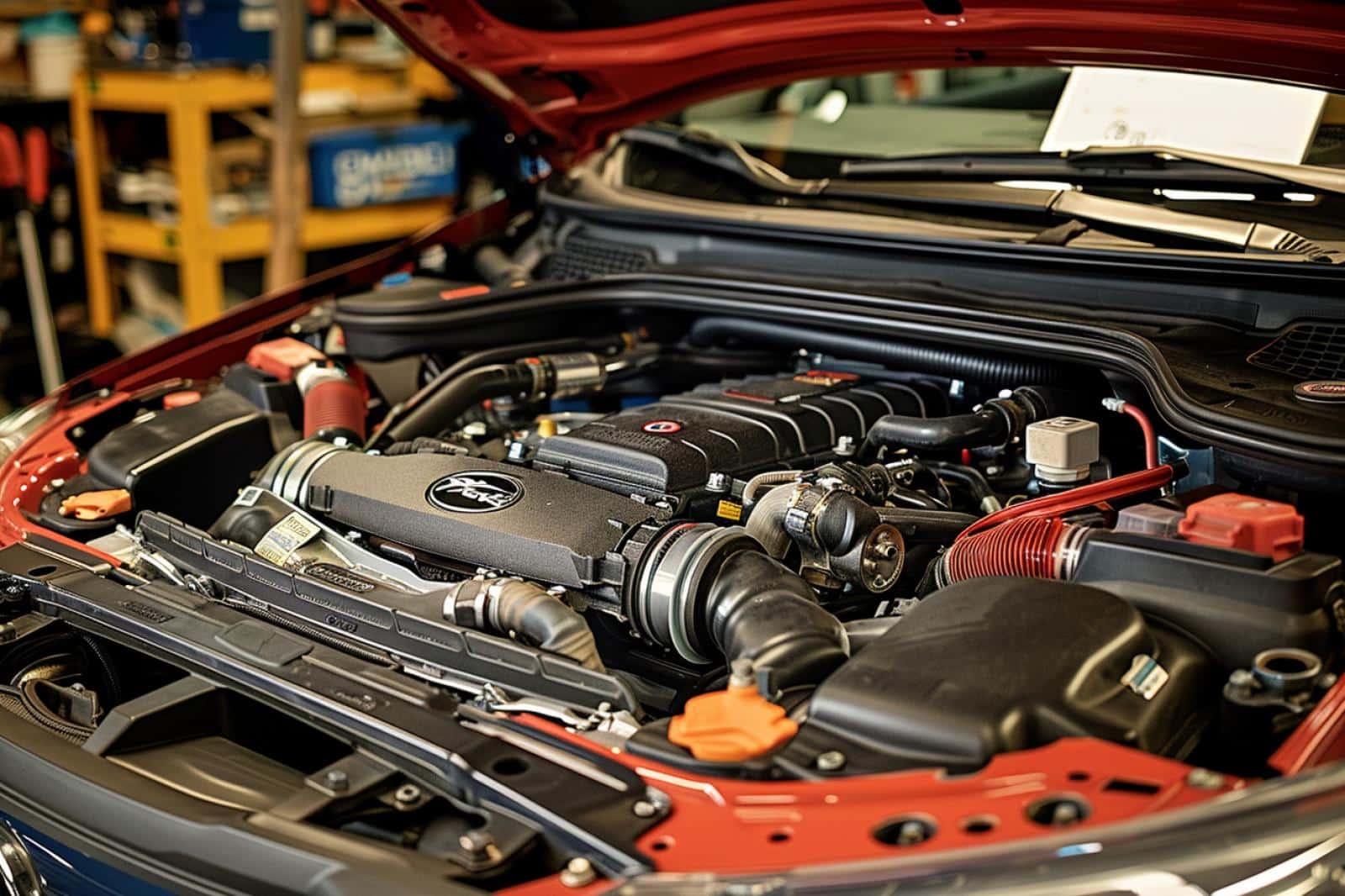What Are the Best Practices for Maintaining Your Car’s Cooling System to Avoid Overheating?

As vehicle owners, it’s essential to understand how your auto’s engine functions and the role that the cooling system plays in its overall performance. The cooling system is vital in preventing your car’s engine from overheating, maintaining an optimal temperature, and ensuring a smooth drive. This article will guide you on how to keep your cooling system in top shape and prevent potential expensive auto repair.
Understanding Your Vehicle’s Cooling System
Before delving into the best practices for maintaining your vehicle’s cooling system, it’s imperative first to comprehend what it is and how it works. The cooling system in your car is a complex assembly of components that work together to regulate the engine’s temperature. It’s designed to prevent the engine from overheating while it operates and keeps it at an optimal temperature for maximum performance and efficiency.
Lire également : How to Properly Configure a Limited Slip Differential for Improved Traction and Handling?
Your engine generates a lot of heat due to the combustion process. This heat needs to be efficiently dissipated; otherwise, it can lead to overheating, causing severe damage to the engine components. This is where the cooling system comes in. It circulates coolant—a mixture of water and antifreeze—through the engine to absorb the excess heat. The heated coolant then passes through the radiator, where it is cooled before being recirculated back into the engine.
Regular Check and Maintenance of the Cooling System
Regular checks and maintenance of your vehicle’s cooling system will help keep it operating efficiently. It’s advisable to service your cooling system as part of your regular auto maintenance schedule.
Sujet a lire : Can You Enhance Your Car’s Fuel Economy with Aerodynamic Modifications Like Rear Spoilers?
One important aspect of this is checking the coolant level in your radiator. The coolant level should be between the "max" and "min" marks on the side of the coolant reservoir. If it’s below the "min" mark, you should top it up with a proper mix of coolant and water. It’s also essential to check the color of the coolant. If it’s brown or has rust particles, it’s time to flush the system and replace the coolant.
Another crucial part of maintenance is checking the condition of the radiator cap and replacing it if necessary. The cap is vital as it maintains the correct pressure within the cooling system, facilitating efficient heat transfer.
Regular Inspection for Leaks
To keep an efficient cooling system, regular inspection for leaks is necessary. Over time, the hoses that carry the coolant can wear out and may start to leak. This can lead to a low coolant level, which can cause the engine to overheat.
Regularly inspect the hoses for signs of wear and tear. Look for cracks, bulges, or dampness. If you notice any of these signs, it’s time to replace the hose. Also, check the connection points and clamps for any signs of leaks. Moreover, observe the ground where you park your car for any signs of coolant leakage.
Monitor Your Car’s Temperature
Monitoring your car’s temperature is another best practice in maintaining your vehicle’s cooling system. Your car’s dashboard contains a temperature gauge that indicates the engine’s temperature. If the needle moves towards the hot end, it could be a sign that your cooling system is not working correctly and the engine is at risk of overheating.
It’s also crucial to be aware of any changes in your car’s performance that may indicate a problem with the cooling system. For example, if the vehicle starts to feel sluggish or the engine seems hotter than usual, it might be due to a cooling issue.
Seek Professional Help When Necessary
While there are many tasks you can do yourself to keep your cooling system functioning well, some situations require professional help. If you’re having persistent issues with overheating, or if the coolant is frequently low or leaking, it’s time to bring your vehicle to a professional auto repair service.
Mechanics have the tools and expertise to diagnose and fix cooling system issues that are beyond the scope of DIY maintenance. They can perform a thorough check of the entire system, identify any problems, and provide the necessary repairs or replacements.
Remember, prevention is always better than cure. Regular maintenance and attention to your car’s cooling system can save it from serious damage and save you from potentially hefty repair bills. With these best practices in mind, you can ensure that your vehicle’s cooling system will function efficiently and keep your engine at its optimal temperature.
Checking The Water Pump and Thermostat
A water pump and thermostat are integral parts of your cooling system, and thus, their regular check is essential for your vehicle. The water pump circulates the coolant throughout the engine, while the thermostat regulates the engine temperature by controlling the amount of coolant that flows into the radiator.
Inspect the water pump for any signs of leaks or seepage. In the case of a leaking water pump, you might notice a streak of coolant beneath your car. Another sign of a failing water pump is a high-pitched whining or grinding noise from the front of the engine.
The thermostat can also fail, leading to an overheating engine or inefficient cooling. A stuck closed thermostat prevents coolant from entering the radiator, causing the engine to overheat. Conversely, a stuck open thermostat impedes the engine from reaching its optimal operating temperature. How do you check your thermostat? A common method is to observe how quickly your car warms up. If it takes too long or heats up too fast, there could be a problem with the thermostat.
Pay Attention to the Belts and Fans
Your car’s engine is equipped with belts and fans that play a significant role in the cooling system. The serpentine belts drive the water pump, while the fans regulate the amount of air that passes through the radiator for cooling.
Check your serpentine belts for any signs of wear, such as cracks or missing chunks. A worn-out belt can snap, leading to the water pump’s failure and a resulting overheating engine.
Fans can also fail due to a variety of reasons, such as a faulty fan motor, a broken fan blade, or a malfunctioning fan clutch. Monitor the fans while the engine is running. If the fans are not operating properly, it could lead to a rising engine temperature.
Conclusion
Maintaining your vehicle’s cooling system is not just about having a smooth drive but also about extending the lifespan of your car. A well-maintained cooling system ensures that your engine functions at its optimal temperature, preventing unnecessary wear and tear.
Remember, a well-tuned cooling system is key to preventing an overheating engine and ensuring your vehicle’s optimal performance. Regularly checking the coolant, inspecting for leaks, monitoring the temperature gauge, observing the water pump and thermostat, and paying attention to the belts and fans are best practices towards achieving this goal.
Lastly, don’t ignore signs of a potential problem. If you notice anything unusual such as frequent low coolant, persistent overheating, or fluid leaks, seek professional help. A skilled mechanic from a trusted auto repair service like Fox Auto can provide the necessary repair or replacement. Regular car maintenance is the key to a long-lasting and reliable vehicle. Remember, it’s better to prevent than to repair.
